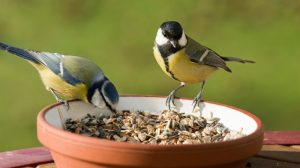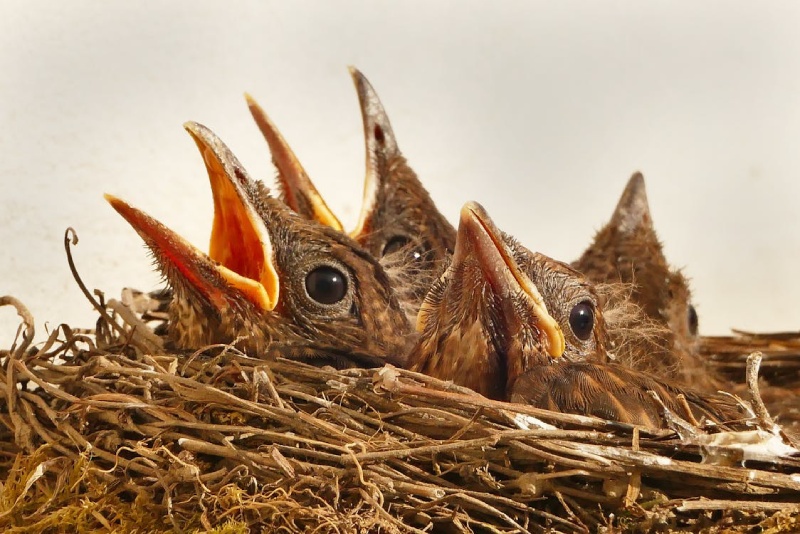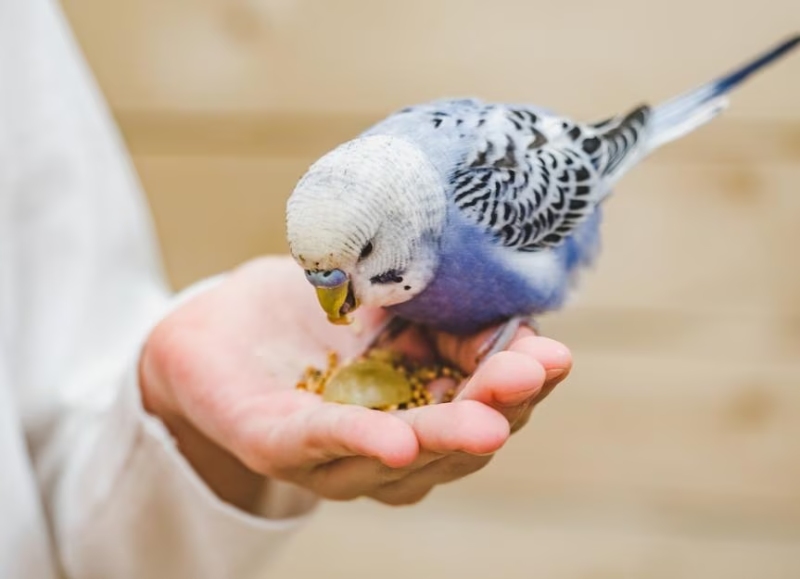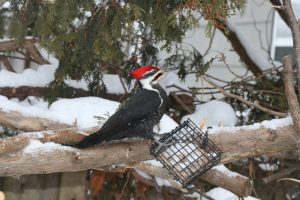- The Lifespan of Osteoclasts: How Long Do They Live?
- What is Monkfish average lifespan?
- What is Amberjack average lifespan?
- What is Sturgeon average lifespan?
- What is Barramundi average lifespan?
- What is Wahoo average lifespan?
- What is Shark average lifespan?
- What is Redfish average lifespan?
- What is Marlin average lifespan?
- What is Pompano average lifespan?
- What is Rainbow Trout average lifespan?
- What is Swordfish average lifespan?
- What is Anchovy average lifespan?
- What is Grouper average lifespan?
- What is Halibut average lifespan?
- What is Carp average lifespan?
- What is Pike average lifespan?
- What is Flounder average lifespan?
- What is Tilapia average lifespan?
- What is Sardine average lifespan?
How Do Birds Eat Without Teeth? The Science of Bird Digestion

Have you ever watched a robin snatch a worm or a woodpecker hammer away at a tree trunk, then wondered how they manage to eat without a single tooth? Do birds chew their food? Birds, unlike mammals, lack teeth entirely. But fear not, these feathered friends have a fascinating digestive system specially adapted to process their food. Let’s delve into the science of bird digestion and discover how they thrive without chompers.
Anatomy of a Bird’s Digestive System
A bird’s digestive system is quite different from our own.
- Beak. The beak serves multiple purposes, including tearing, grasping, and manipulating food.
- Crop. This expandable sac stores excess food, allowing birds to eat large quantities quickly and then digest them slowly over time. Chickens, pigeons, and turkeys are some examples of birds with crops.
- Esophagus. This tube connects the mouth to the stomach and transports swallowed food.
- Gizzard. This muscular organ acts like a grinding machine. Birds swallow small stones, called grit, which the gizzard uses to crush food into smaller pieces. Think of it as a built-in mortar and pestle!
- Proventriculus. This glandular section of the stomach produces digestive enzymes that break down food further.
- Intestine. Similar to ours, the intestine absorbs nutrients from the digested food into the bloodstream.
- Cloaca. A multipurpose chamber that handles waste elimination and, in some birds, egg laying.

Mechanisms of Digestion
Since they can’t chew, birds swallow their food whole or in large pieces. The food then travels down the esophagus and into the crop (if present). From there, it moves on to the gizzard, where the grinding action of muscles and swallowed grit breaks down the food. The proventriculus then adds digestive juices to further break down nutrients. Finally, the small intestine absorbs these nutrients, and any remaining waste exits through the cloaca.
Adaptations to Diet
Bird beaks and digestive systems are specifically adapted to their diet. Seed eaters, for example, have strong beaks to crack open seeds and gizzards powerful enough to grind them down. Birds of prey, on the other hand, have sharp beaks to tear flesh and powerful digestive juices to break down tough meat. Hummingbirds, with their long, specialized beaks, consume nectar and have simpler digestive systems due to the liquid nature of their diet.

Factors Affecting Digestion
Just like us, birds can experience digestive issues. Factors like stress, illness, and improper diet can all affect their ability to process food efficiently.
Conclusions
So, the next time you see a bird enjoying a meal, remember the remarkable adaptations at work. Their beaks act as tools for gathering food, their crops store sustenance for later, and their gizzards act as powerful grinders, all working together to overcome the lack of teeth. The science of bird digestion is a testament to the incredible diversity and ingenuity of the natural world.



